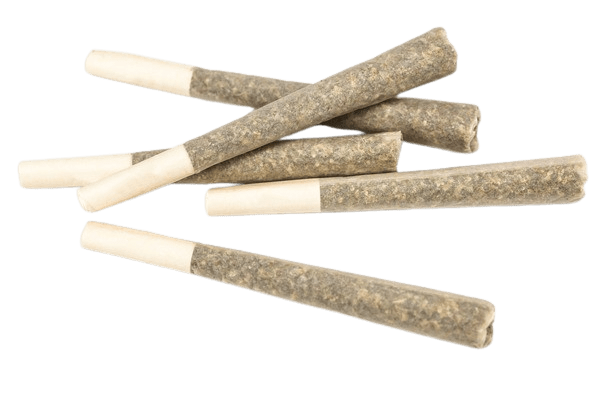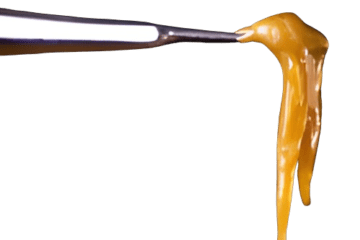
Blind Smell & Taste Test
Regardless of event size, when holding a cannabis competition organizers should prioritize transparency, integrity, and fairness in the judging process. This ensures that awards are based solely on the merits of the products being evaluated, upholding the credibility of cannabis competitions.
To ensure fairness and accuracy in evaluations, judges should maintain impartiality and avoid external influences both before and during sampling. Blind testing, where the identity of the samples is concealed from judges, is often employed to mitigate bias and enhance objectivity. This approach minimizes preconceived notions about the products being evaluated, allowing judges to focus solely on the sensory characteristics and quality of each sample. By removing potential sources of bias, blind testing helps uphold the integrity of the judging process and ensures that the final assessments are based solely on the merits of the products themselves.
A simple guide to conducting your own Blind Smell & Taste Test
- Ensure the Blind Factor: Avoid bias by keeping the strain identities secret. Familiarity with a strain can influence perceptions, so keep it blind to foster impartial judgment.
- Opt for Rare Strains: Popular varieties like Sour Diesel, OG Kush or Amnesia Haze may lead to biased judgments due to their recognizable aromas. Choose lesser-known strains for a more objective evaluation.
- Pre-roll Joints: Visual cues can give away strain identities, so pre-roll joints to eliminate bias. Encourage participants to rely on their senses, particularly smell, to explore the nuances of each strain.
Tips for Participants:
- Take a Dry Hit: Before lighting up, draw on an unlit joint to taste the terpenes at room temperature. A dry hit can reveal important characteristics of the herb’s quality.
- Moderate Inhalation: Encourage participants to start slow to avoid overwhelming effects. Taking measured hits allows for a clearer assessment of the strain’s qualities.
- Document Impressions: Privately note initial observations and share joints to track changes in flavor and aroma as the joint burns. Each joint tells its unique story, reflecting factors like cultivation method and flushing.
- Use Coffee Beans as a Palate Cleanser: Refresh the olfactory senses between strains with coffee beans to prevent scent fatigue from prolonged exposure to cannabis terpenes.
- Avoid Spoilers: While smoking, continue recording observations without disclosing guesses about the strain. This prevents expectation bias and ensures impartial evaluations.
- Moderate Consumption: Unlike wine tasting, participants don’t need to spit out the cannabis. However, encourage moderation to maintain clarity of judgment.
- Evaluate the Strain: After sampling, note final impressions and attempt to qualify the strain. Discussion and comparison can enrich the evaluation process.
- Gain Experience: Enhance your cannabis critiquing skills through exposure to different cannabis strains. Getting familiar with a wide variety of strains hones sensory perception and improves discernment abilities.
Please note that compliance with local regulations is an essential aspect. In regions where cannabis is legal, sample testing must adhere to applicable laws and regulations concerning the possession, sale and consumption of cannabis products. This ensures that your event can take place legally and safely.









You must be logged in to post a comment.